Transgender children: doing it for the kids
By: Jo Hirst
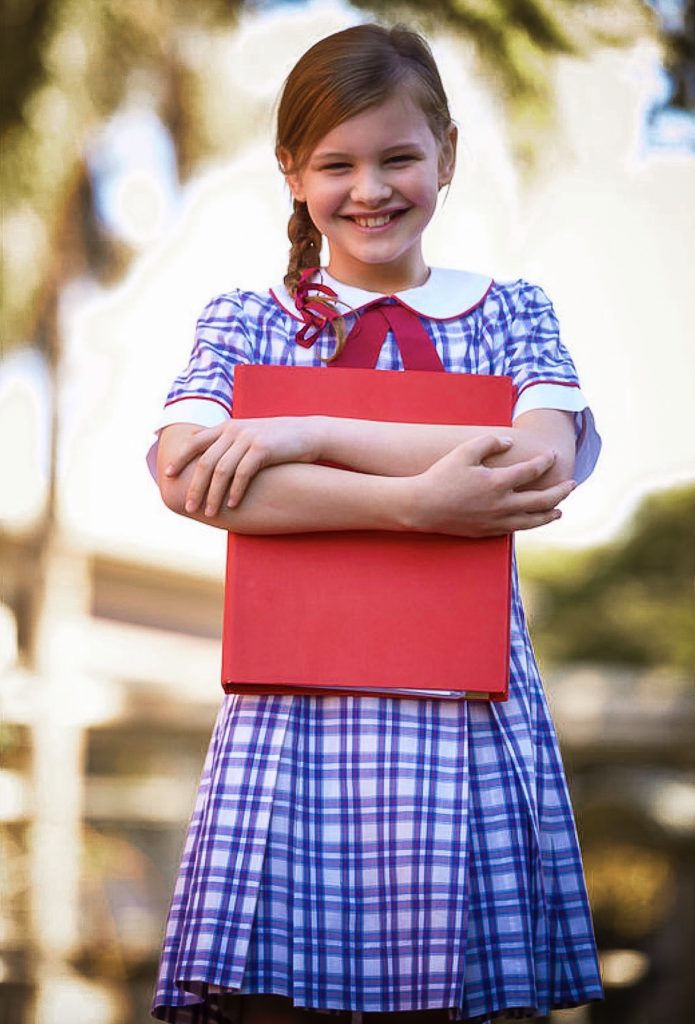
The words to Macklemore’s ‘Same Love’, being performed during the rugby league grand final telecast, resonated across Sydney Airport. They were cheered on with pride, joy and hope by Australians from all walks of life, united in defence of equality.
En route back to Melbourne, I watched surrounded by other parents of transgender kids, tired yet exhilarated after having spent the weekend at the biennial Australian and New Zealand Professional Association for Transgender Health (ANZPATH) conference.
This year, the conference focused, for the first time, on transgender children and adolescents. Experts from around Australia and beyond congregated to discuss the latest research and evidence on how best to support transgender youth.
Then, bang – an advertisement promoting a ‘No’ vote in the Australian marriage equality postal survey, using as ammunition the children’s book I had written, The Gender Fairy, which centres on two transgender characters.
I wasn’t surprised to see that the ‘No’ campaign had the enormous financial war chest to get an advertising spot during one of the country’s biggest sporting events. And now, it seemed the campaign was directing its venom towards the most vulnerable group in our society: transgender children, like my son.
Transgender children have been under attack for the last two years. Their right to attend school in a safe environment and even their very existence have been challenged by transphobic lobbyists and politicians wanting to capitalise on an issue that is not always understood by the broader community.
My son was five when I finally worked out he was transgender. Had I been better informed, and had we lived in a world where we were all educated about gender diversity, it would have been a lot sooner. The poor kid had been trying to tell me and his father, one way or another, from the time he could talk.
But, like most cisgender people, I didn’t have a clue.
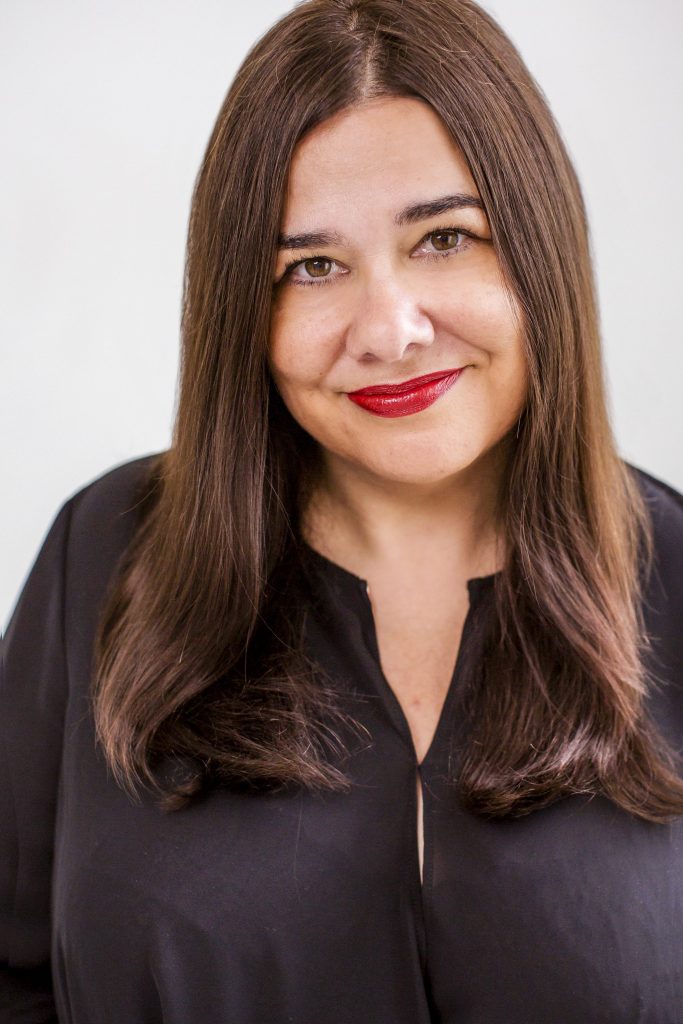
Jo Hirst. Image: FI MIMS Photography
Fortunately, his school was knowledgeable and supportive, and put me in touch with the Gender Service at the Royal Children’s Hospital (RCH) in Melbourne. Even back in 2014, the organisation’s advice, based on research and solid evidence, was clear.
If your child is insistent, persistent and consistent in telling you the gender they were assigned at birth does not match their gender identity – if they dread having to live as the wrong gender so much that they’re depressed, anxious, unable to learn at school and incapable of functioning socially – then you help them undergo what’s termed a ‘social transition’. This process entails letting them change their pronoun and name, and wear the clothes that make them feel they are their true gender.
For the outside world, these may seem like momentous shifts for the trans child. But, for the child, a social transition is not really a change – rather, it is the rest of the world that is adjusting to accept, love and support them for who they are.
With the help of the RCH Gender Service and the support of our extended family, we switched pronouns at home. Next came school. The staff wanted to support our son, but this was new to them, so we turned to Safe Schools for help. With this government program’s assistance, the social transition was a complete success – my child was able to be himself, and was embraced by his teachers and classmates.
A conversation was held with my son’s class, clarifying that he had always been a boy – we just didn’t know. From now on, the children were told, we would call him by his new name and the pronoun ‘he’. The whole class then had chocolate cake to celebrate and all went out to play. That was it.
My son loves reading and I’m a children’s literature buff, so naturally I searched for an age-appropriate book to show him there’s a place for him in this world. There was nothing. None of the books in our library included a character like him.
So I did what I’ve always done, as my father had always done for me: I wrote a story. This story would revolve around a child like him, and would answer questions in a way that could help his friends understand what he was going through.
Once finished, I read the story to my son – and he loved it. I then shared it with other families with children like him, as well as people in the transgender community, primary school teachers, doctors and psychologists – they loved it as well.
I decided to self-publish my story on a shoestring budget and updated it to resonate with a wider audience. Roz Ward – who, at the time, worked for La Trobe University and the Safe Schools Coalition – agreed to help devise supplementary notes for parents and teachers. Associate professor Michelle Telfer, a world-leading authority on transgender children and director of the RCH Gender Service, wrote the foreword.
One parent put the website together, another helped with social media, and another made cakes for the upcoming launch. It was a community effort that we were all proud of.
The Gender Fairy was launched in November 2015, at a time when supporting transgender children, even at school, was not seen as controversial. Safe Schools – which had by then been in existence for five years – had bipartisan political support. Saving the lives of LGBTIQ kids was something all politicians supported.
At the small but well-supported event, which was covered positively in the media, Labor MP Martin Foley gave a speech, while Greens senator Janet Rice sent a representative. (Later that month, on Transgender Day of Remembrance, Rice would publicly thank me in the Senate for writing the book.)
Most significantly, Evie Macdonald – only 10 at the time – had the room in tears when she spoke about her own journey and wishing she’d had a book like The Gender Fairy when she was younger to help her understand she was normal and not alone.
The figures used by the RCH put the number of transgender children in schools at 1.2 per cent, with a further 1.7 per cent being gender-diverse.
Let’s put these estimates in context. This means that pretty much every school in Australia will have at least one transgender child. Many children figure out they are transgender at a young age, because most kids know their gender at around three years old.

Evie McDonald in First Day. Image: Nick Prokop
When children socially transition at school, having access to age-appropriate educational resources is critical. If a child has been attending school all year being called a ‘boy’ and subsequently attends in a dress, with a new name and using a different pronoun, that requires an explanation.
Children learn about the world every day. Ask any teacher who has supported a transgender child, and they will tell you that classmates can be extremely supportive and accepting of transgender peers if they are helped to understand, and if the school enables an affirmative, inclusive educational environment.
The Gender Fairy was, and still is, read widely by transgender children. The book is usually the first time these kids have seen themselves represented in art and media. It has also helped isolated families make sense of the changes that are happening in their lives.
While supporting transgender children was not controversial in 2015, the landscape has shifted dramatically. Suddenly, from February 2016, Safe Schools was in the news. Transgender children had become the convenient political scapegoats of the extreme right.
Spearheading these attacks were Australian Conservatives party leader Cory Bernardi and Australian Christian Lobby head Lyle Shelton. Their premise was – and still is – that, contrary to all medical evidence and research, gender diversity is something abnormal and controversial, to be kept away from children at all costs.
The media storm whipped up by conservative newspapers The Australian and The Daily Telegraph, particularly commentator Miranda Devine, was furious. In an attempt to curb support for trans kids, Devine cited the work of groups like the American College of Pediatricians, a fringe conservative organisation listed as a ‘hate group’ by American civil-rights body the Southern Poverty Law Centre – right up there with the KKK.
The Gender Fairy was caught up in that storm. By the time the marriage equality postal survey was announced in August 2017, the book had already featured on at least four anti-LGBTIQ political flyers during three different Australian elections. This time around, it was alleged that marriage equality would put books like The Gender Fairy in all Australian schools – as though supporting vulnerable young trans kids would make the sky fall in.
This attack on The Gender Fairy is a direct attack on transgender children, their validity and their place in society. It continues to cause pain to Australian families who are already hurting.
Reports to family support groups reveal that bullying of trans kids has been on the rise since opposition to Safe Schools began, while the daily accounts I get from families since the beginning of the ‘No’ campaign are soul-destroying. These stories often involve children as young as five, many of whom previously had no issues at school.
Their anecdotes are backed by the 2017 ‘Trans Pathways’ study by the Telethon Kids Institute, which reveals that 48 per cent of trans youths have attempted suicide. Dr Ashleigh Lin, a senior researcher at the institute, says evidence shows this is not because of “their gender identity, but how gender diversity is viewed by society”.
At the ANZPATH conference, the new Australian Standards of Care and Treatment Guidelines for Trans and Gender Diverse Children and Adolescents – lauded by practitioners and advocates worldwide as the gold standard in transgender care – were launched.
These evidence-based guidelines emphasise the importance of support for social transition pre-puberty, as well as the need for education at school and kindergarten to assist vulnerable children, and to reduce stigma and bullying.
They acknowledge that “being trans or gender diverse is now largely viewed as being part of the natural spectrum of human diversity” and highlight how, “with supportive, gender affirming care during childhood and adolescence, harms can be ameliorated and mental health and wellbeing outcomes can be significantly improved”.
The conference also included keynote speeches from leading experts like developmental psychologist Diane Ehrensaft and gender-diversity researcher Kelley Winters. The latter ripped to shreds the ‘desistance myth’ spread by anti-LGBTIQ groups, which claims that around 80 per cent of pre-pubescent trans kids will “change their minds” – a dangerous lie used to undermine support for -transgender children.
The ANZPATH-endorsed standards state clearly that “the number of children in Australia who later socially transition back to their gender assigned at birth is not known, but anecdotally appears to be low, and no current evidence of harm in doing so exists”.
How do we find ourselves in a situation where world-respected medical and health professionals are championing the importance of supporting transgender children, while opponents of trans rights continue to peddle lies, distortions and half-truths to demonise trans kids and their families?
This leaves families like mine in a precarious position. We have the backing of actual experts, who know what’s best for our kids, but they lack a prominent presence in the media. Members of the adult transgender community are among our children’s biggest supporters, but they are all too often sidelined and silenced.
In contrast, we hear and read the loud and powerful voices of anti-Safe Schools groups and ‘No’ campaigners, along with the ‘experts’ they rely on – people like Western Sydney University professor John Whitehall, who writes non-peer-reviewed opinion pieces on the subject, and discredited American psychiatrist Paul McHugh. Schools are reliant on government support, and governments are often held hostage to these voices.
Families around Australia are fighting and advocating for trans children, but our dispersed and vulnerable voices are being drowned out by an organised campaign of division, intolerance, hate and fear.
On 11 October, International Day of the Girl, Evie Macdonald – now 12 years old – did her bit to stand up for transgender children. Aired on ABC ME was First Day, which stars Macdonald as Hannah, a young girl starting her first day of school as her authentic self.
This short film is an important step for sympathetic, authentic media representation of young trans children. But we need more.
When marriage equality is achieved, the ‘No’ campaign will be free to pour all of its energy and resources into this ongoing war on trans rights. But we need to show transgender children they are accepted, welcome and loved. We need our children’s voices to be heard.
We need allies who can stand by our side, just as so many have rallied for LGB friends, neighbours and colleagues in support of marriage equality. Let’s show trans children the same love.
Jo Hirst is the Melbourne-based author of Australia’s first book for transgender children, The Gender Fairy. Her next book for children, A House for Everyone, is due for international release in May 2018.
This article originally appeared in Archer Magazine #9, the FAMILY issue. SUBSCRIBE TO ARCHER MAGAZINE




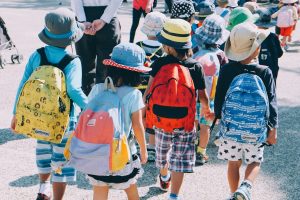

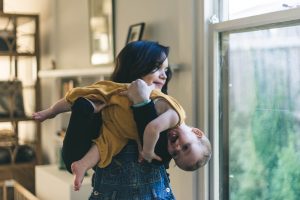

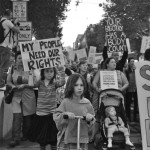
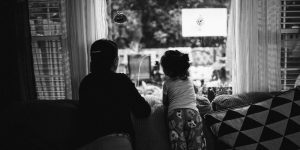




Thanks, Jo. Well said. All children need support, love, and understanding – especially those who are most vulnerable to society’s ignorance.
Our Trans family and network won’t give up but we need all the support we can get from our cis family, friends, and allies to ensure the future is safe for all the generations of trans children to come.
My name is Kate. I am a veterinarian, a father, a wife, a friend. I save animals and help people.
Always have been, Always will be with you. Anything you need just ask.